Choosing the right light color scheme for your home can be a game-changer. It not only enhances the aesthetic appeal but also affects your mood and productivity. But with so many options available, how do you make the best choice? This blog is here to guide you through the process, providing valuable insights and practical tips to illuminate your space perfectly.
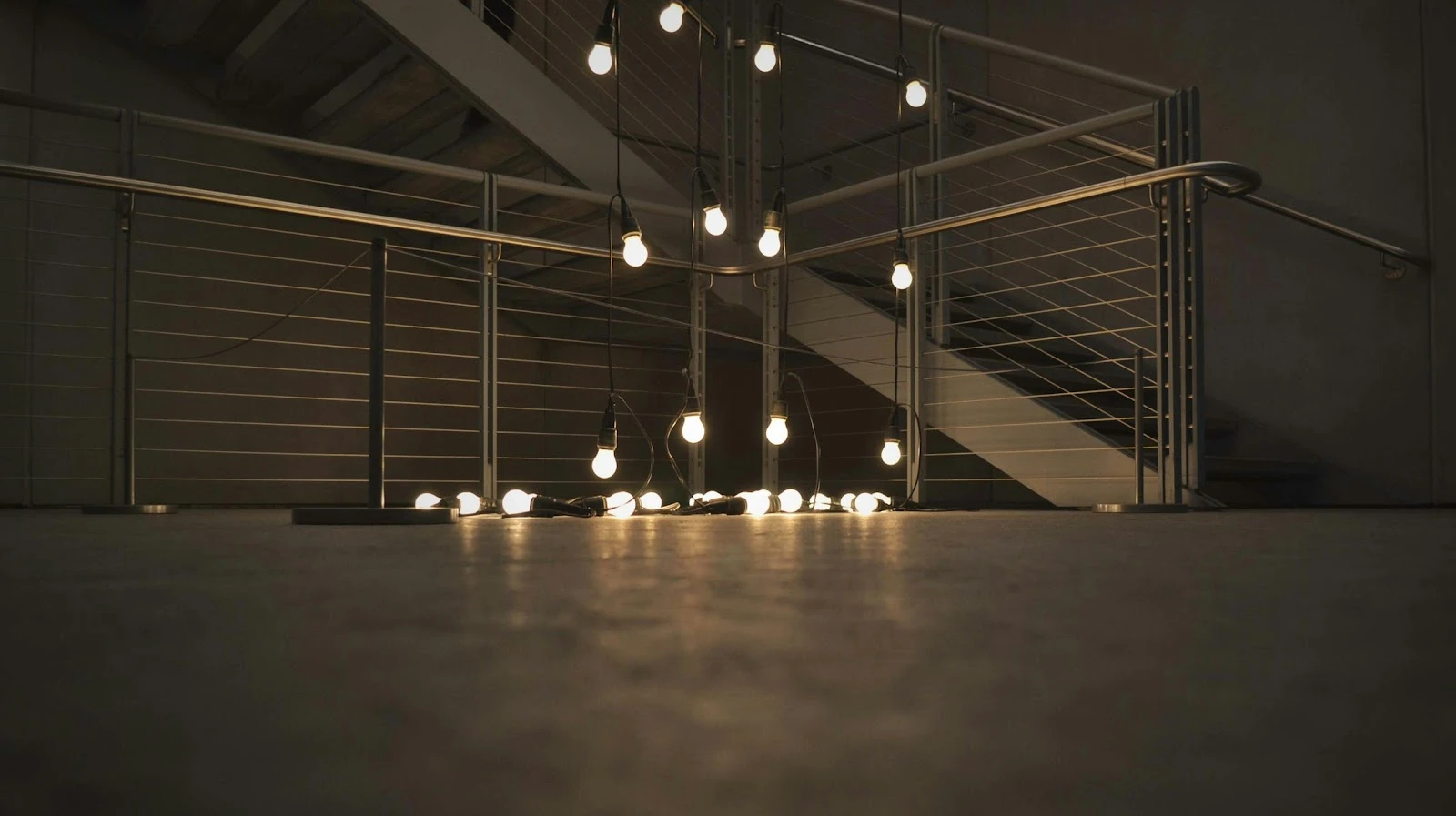
Understanding the Basics of Light Color
What is Light Color Temperature?
Light color temperature is measured in Kelvin (K) and ranges from warm to cool tones. Lower temperatures (2000K-3000K) emit warm, yellowish light, while higher temperatures (4000K-6500K) produce cool, bluish light.
Why Does Light Color Matter?
The color of light can impact your mood, energy levels, and even how colors appear in a room. For instance, warm light creates a cozy, inviting atmosphere, whereas cool light promotes focus and alertness.
Warm vs. Cool Light: When to Use Which?
Warm light is ideal for living rooms, bedrooms, and dining areas where you want to create a relaxing environment. Cool light works best in kitchens, bathrooms, and workspaces where clarity and productivity are essential.
Choosing the Perfect Light for Each Room
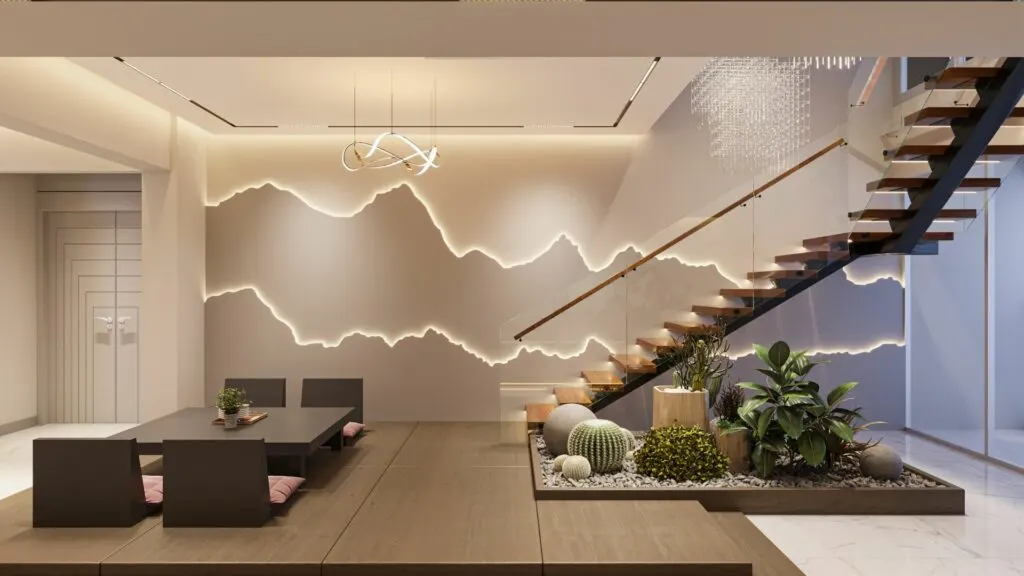
Living Room Lighting
Your living room is a multifunctional space, so opt for a combination of warm and neutral white lights. Use floor lamps, table lamps, and ceiling lights to create layers of illumination that cater to different activities.
Kitchen Lighting
Kitchens require bright, cool light to ensure safety and visibility while cooking. Consider under-cabinet lighting and recessed lights to eliminate shadows and brighten your workspace.
Bedroom Lighting
Bedrooms are sanctuaries of rest, so warm light is your best bet here. Use bedside lamps with adjustable brightness to create a soothing ambiance for reading or winding down.
The Role of Natural Light
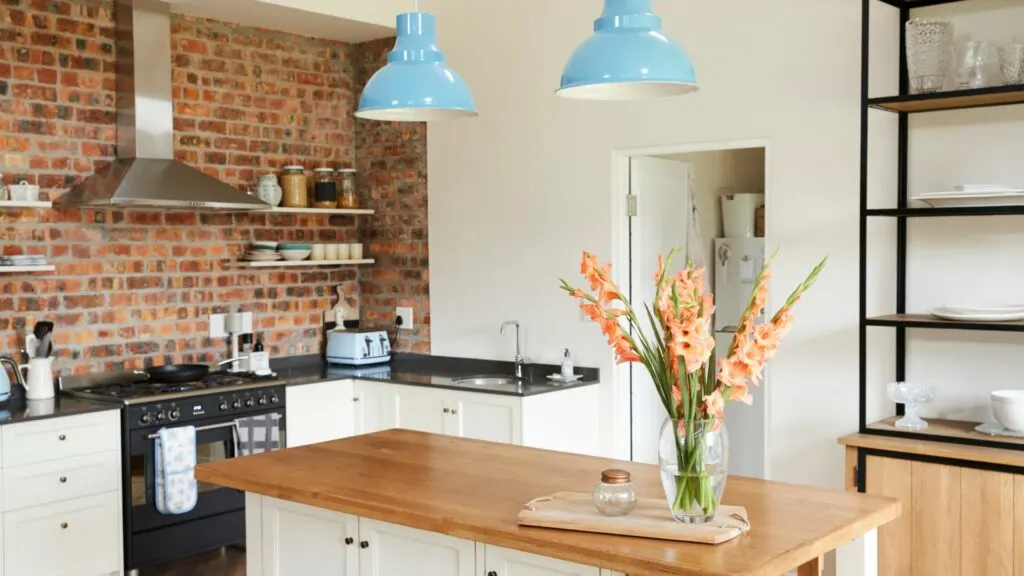
Maximizing Daylight
Natural light is free and uplifting. Use sheer curtains or blinds to control the amount of daylight entering your rooms without blocking it completely.
Balancing Natural and Artificial Light
Combine natural and artificial light to create a balanced environment. Natural light can serve as the primary source during the day, complemented by artificial light in the evenings.
Seasonal Changes
Be mindful of how natural light changes with the seasons. Adjust your artificial lighting accordingly to maintain a consistent ambiance year-round.
Types of Light Fixtures
Ceiling lights are essential for general illumination. Choose fixtures that complement your decor and provide adequate light coverage. Wall lights are excellent for accent lighting and can highlight architectural features or artworks. Invest in quality wall lights for your home to ensure durability and style. These versatile fixtures can be moved around easily and are perfect for task lighting or adding a decorative touch.
Energy Efficiency and Sustainability
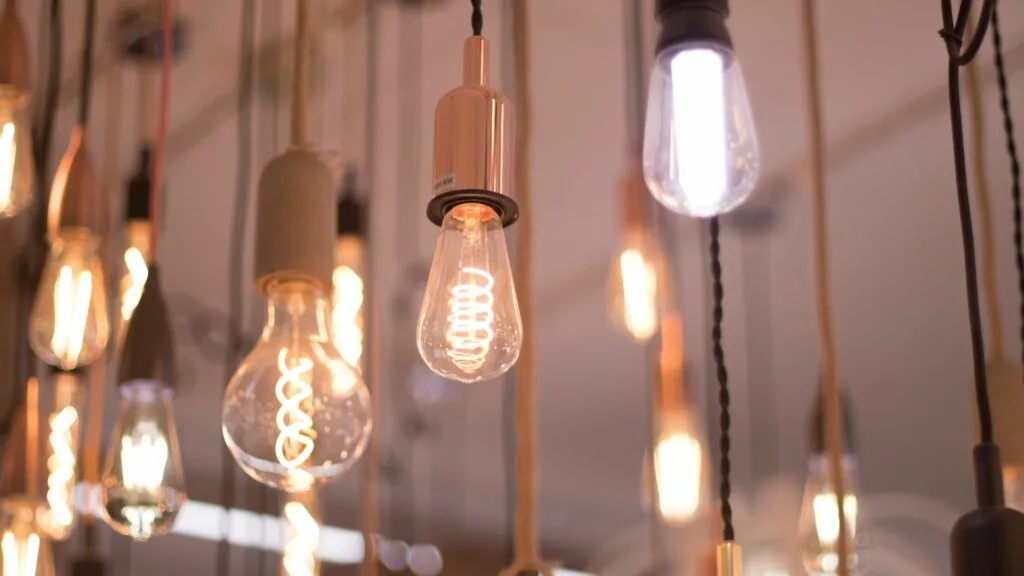
LED vs. Incandescent Bulbs
LED bulbs are more energy-efficient and have a longer lifespan compared to incandescent bulbs. They also come in various color temperatures to suit your needs.
Smart Lighting Solutions
Smart bulbs allow you to control the color and brightness through an app or voice commands, offering both convenience and customization.
Eco-Friendly Options
Consider bulbs and fixtures made from sustainable materials to reduce your environmental footprint.
The Impact of Light on Health
Circadian Rhythm and Light
Your body’s internal clock, or circadian rhythm, is influenced by light exposure. Use cool light during the day and warm light in the evening to support natural sleep patterns.
Blue Light and Sleep
Blue light from screens and cool lights can interfere with sleep. Use warm lighting and limit screen time before bed to improve sleep quality.
Lighting for Mental Well-being
Proper lighting can enhance your mood and reduce stress. Create well-lit spaces that make you feel comfortable and happy.
Customizing Your Light Scheme
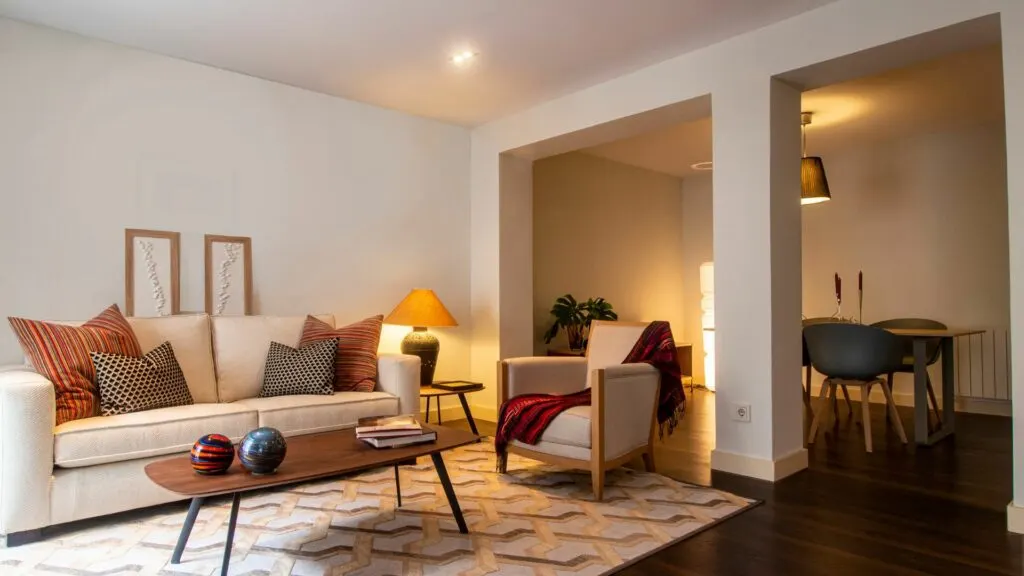
Personal Preferences
Your light scheme should reflect your personal tastes and lifestyle. Experiment with different color temperatures and fixtures to find what works best for you.
Experimentation and Adaptation
Don’t be afraid to make changes. Lighting needs can evolve, so be open to experimenting with new options as your needs change.
Seeking Professional Help
If you’re unsure, consult a lighting designer. Professionals can offer expert advice and tailored solutions to create the perfect ambiance for your home.
Selecting the right light color scheme for your home is more than just a design choice; it’s about creating an environment that enhances your well-being and lifestyle. By understanding the basics of light color temperature, considering the specific needs of each room, and balancing natural and artificial light, you can create a harmonious and inviting space. Remember, the key is to blend functionality with aesthetics. Whether you’re reading a book in your bedroom, cooking a meal in the kitchen, or hosting friends in the living room, the right lighting will set the perfect mood.

Jessi is the creative mind behind The Coffee Mom, a popular blog that combines parenting advice, travel tips, and a love for all things Disney. As a trusted Disney influencer and passionate storyteller, Jessi’s authentic insights and relatable content resonate with readers worldwide.
